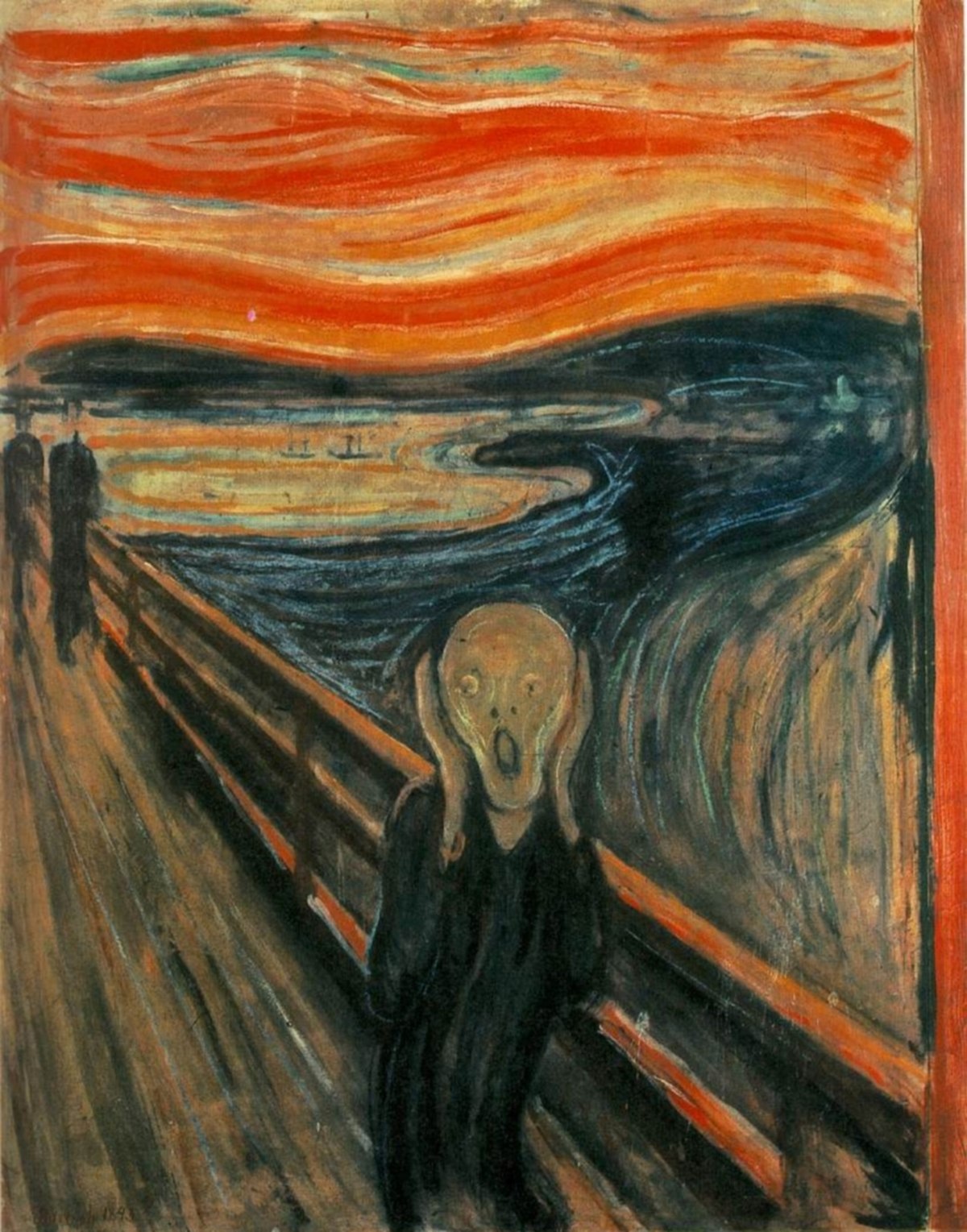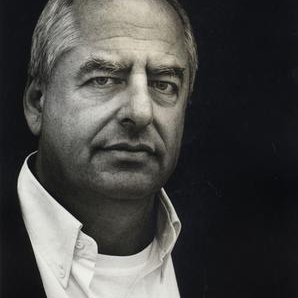Given the fact I have decided to use grief as a main theme in my animation i have decided to look at famous pieces who have explored this in the past. These are some pieces I found particularly interesting.
‘Inconsolable Grief’ by Ivan Kramskoi, 1884

19th Century Russian painter Ivan Kramskoi strived to portray the realism of human emotion through his portraits. The image shows a widow, robed in black, holding a handkerchief to her mouth. Kramskoi captures the weariness in her eyes as she looks lost in thought and bittersweet memories.
The scene of the family home, with sympathy flowers and funeral wreaths piled up, is as recognisable to grieving families today as it was in the 1800s.
‘Still Life with Skull, Leeks and Pitcher’, Pablo Picasso, 1945

Painted in Picasso’s distinctive Cubist style, this still life draws on the centuries-old artistic traditions of memento mori and vanitas – paintings that showed the transience of life and inevitability of death by placing ordinary, everyday objects alongside a symbol of mortality, such as a skull.
Critics believe that Picasso was particularly preoccupied by this type of art in the wake of World War Two, during which so many people lost their lives. Like 17th Century Vanitas paintings, Picasso’s artwork invites viewers to think about where death fits into our daily existence.
‘Oak Fractured by Lightning’ by Maxim Vorobiev, 1842

Russian painter Maxim Vorobiev specialized in painting landscapes. Most of his work depicts picturesque seascapes and peaceful countryside views, but this painting is markedly different.
An allegory on his wife’s death, this emotionally-charged picture captures the shock and pain of losing a loved one. A bright bolt of lightning streaks down from the stormy skies, breaking an old oak tree in two – it is perhaps the perfect metaphor for the sudden death of someone you love.
‘Sorrowing Old Man (At Eternity’s Gate)’ by Vincent Van Gogh, 1890

Van Gogh reworked this image several times in his life, based on a series of sketches he made of war veteran Adrianus Jacobus Zuyderland. Van Gogh said that the sight of the old man had moved him to think about life, death, and if there was some higher power.
Writing in his diary, he described the sight of the grieving old man as proof of the existence of “something on high”, calling it “unutterably moving” to see him bent double in sadness and grief.
‘Monastery Cemetery in the Snow’ by Caspar David Friedrich, 1819

A German Romantic painter, Friedrich painted huge, impressive landscapes, from vast oceans to towering mountain ranges, inhabited by small, insignificant human figures. Almost all these works deal with man’s place in nature and our helplessness in the face of its power, but this painting particularly evokes themes of time and mortality, through the ruined abbey and scattered headstones, stark against the white snow.
Poignantly, ‘Monastery Cemetery in the Snow’, like the mighty abbey it depicts, has been lost to time and destruction. The original painting was lost during the air-raids of World War Two and only a black-and-white photograph of it remains.
 (the modern tv first attempt)
(the modern tv first attempt)
















































































 I wouldn’t personally consider her work to be art per say; she had a lot to say about potatoes- however she made for an interesting presentation.
I wouldn’t personally consider her work to be art per say; she had a lot to say about potatoes- however she made for an interesting presentation.